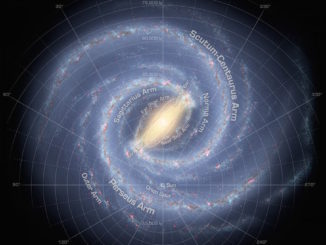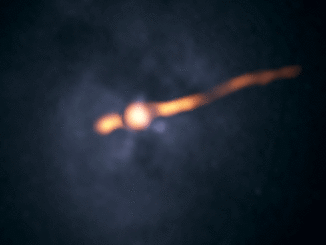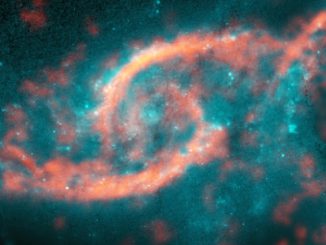
Infant stars discovered surprisingly near galaxy’s supermassive black hole
At the centre of our galaxy, in the immediate vicinity of its supermassive black hole, is a region wracked by powerful tidal forces and bathed in intense ultraviolet light and X-ray radiation. These harsh conditions, astronomers surmise, do not favour star formation, especially low-mass stars like our Sun. Surprisingly, new observations suggest otherwise.









